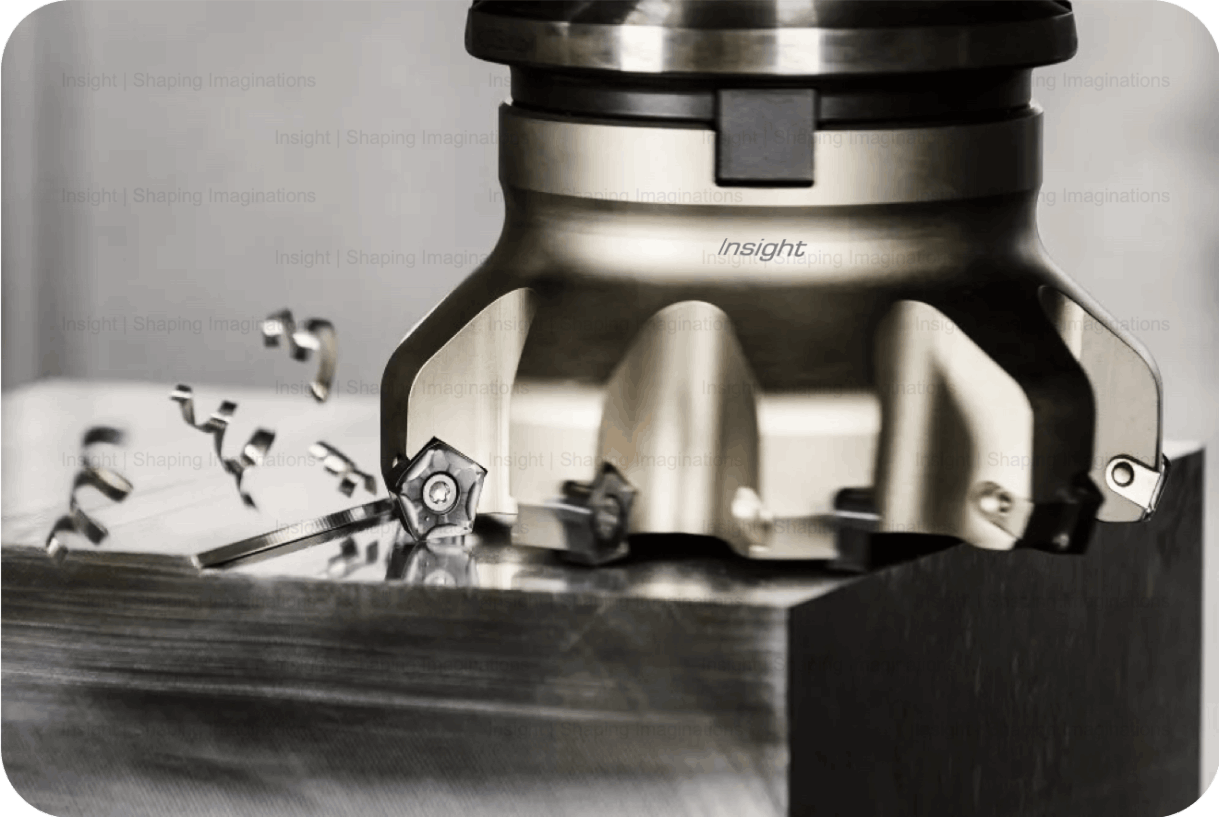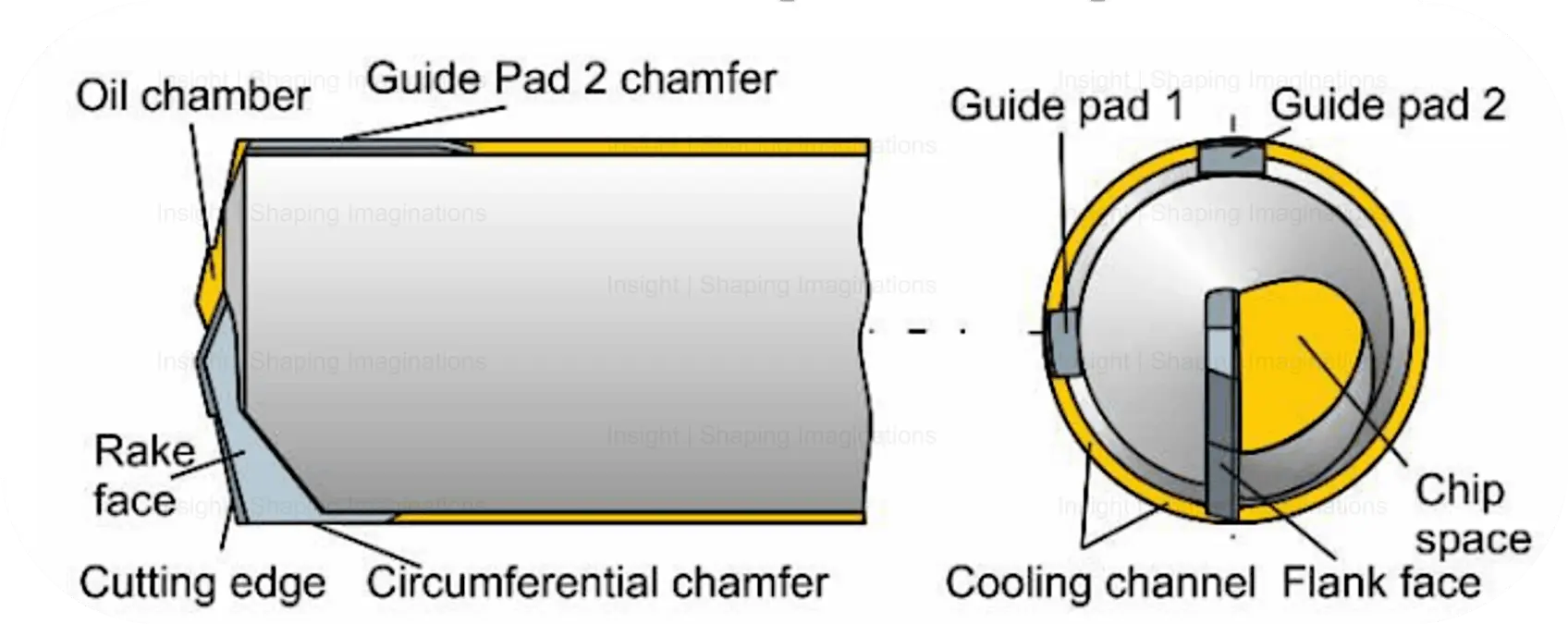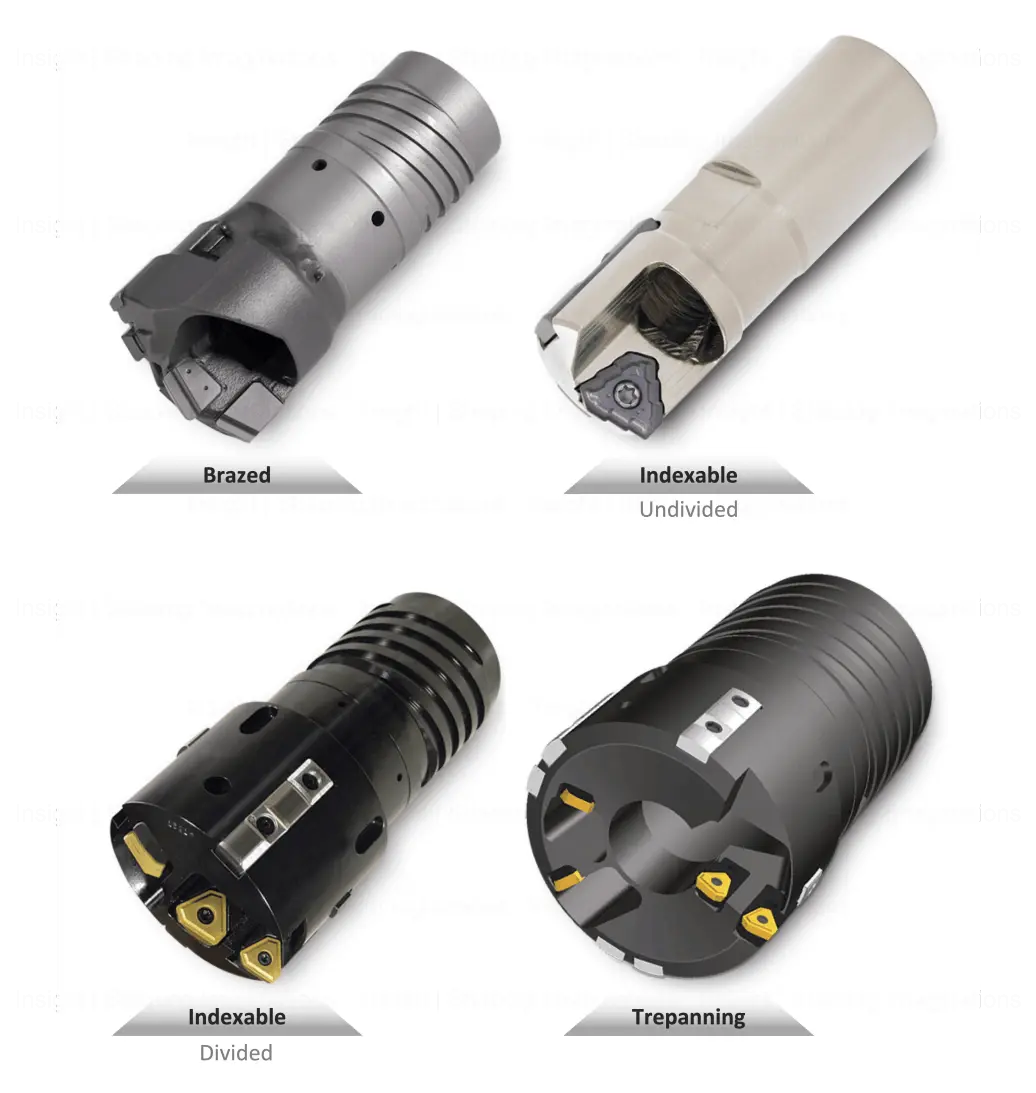Milling Process
BTA drilling process and it's key technical considerations
In the intricate realm of metalworking, the milling process stands as a cornerstone, with roots extending back to ancient civilizations. From its humble beginnings as a manual craft to the sophisticated computer numerical control (CNC) systems of today, milling has undergone a transformative journey, revolutionizing the landscape of metal cutting - towards the nuanced facets of efficient milling.
At its core, metal cutting theory is the compass guiding milling operations towards precision and excellence. It's not merely about removing material but an intricate play between tool and workpiece, where the mastery lies in optimizing the balance between material removal and dimensional accuracy. As we navigate the complexities of milling, our compass points us to a triad of critical considerations: the holy grail of 'Quality-Cost-Delivery.'
Quality of machining, the first pillar, transcends mere aesthetics; it's about achieving the desired specifications with meticulous precision. Next, the Cost per piece becomes a focal point, intertwining intricately with productivity. A judicious selection of tools emerges as a pivotal decision, as the right tools pave the way for efficiency, cost-effectiveness, and, ultimately - a superior end product.
Chip formation becomes a silent yet telling storyteller in this process, offering insights into the health of milling operations. Forces at play during milling operations, when optimized, not only enhance machining precision but also play a pivotal role in cost reduction. Troubleshooting in milling is akin to detective work, unraveling the mysteries behind imperfections and inefficiencies.
Let's get into it!



